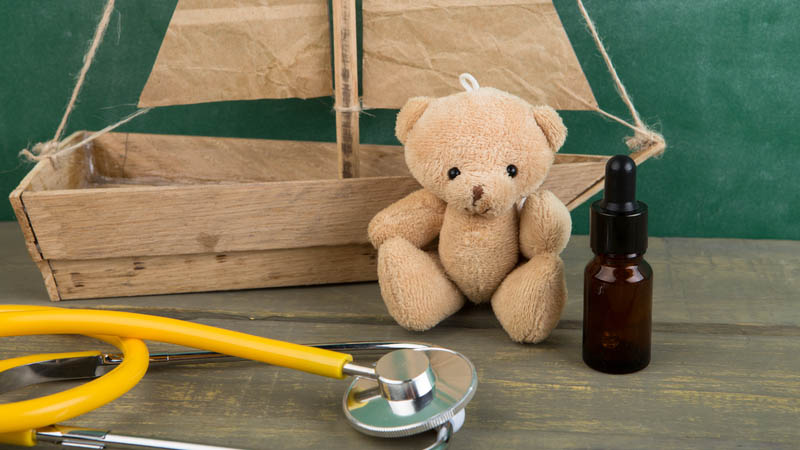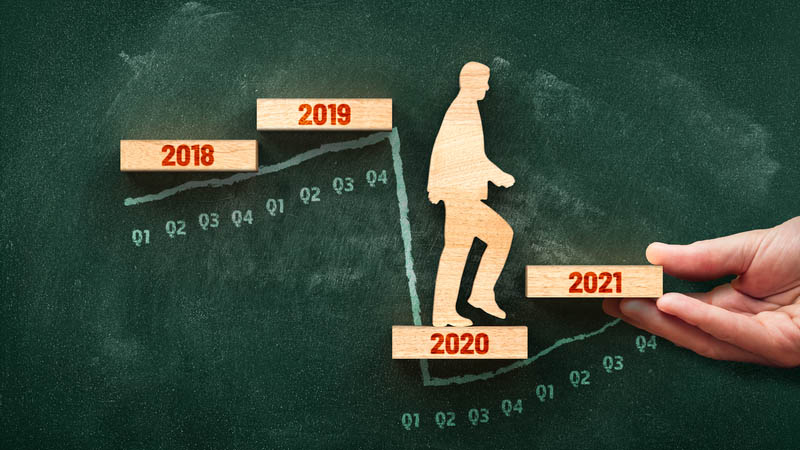Prevention of hearing loss in children up to 7 years of age
Julia Krystyna Dominowska1, Mateusz Cybulski2, Elżbieta Krajewska-Kułak2
 Affiliation and address for correspondence
Affiliation and address for correspondenceHearing impairment can be classified based on various criteria. Each of these criteria provides information on the cause as well as characterises the impairment in terms of parameters needed for prevention, diagnosis and further treatment. The main criteria for the classification of hearing disorders include aetiology, location, age of onset and the depth of hearing loss. Hearing impairment is currently a very important social problem and one of the most common developmental disorders. Hearing impairment often occurs at birth. Statistics show that 2–3 children per 1,000 births are affected by the disorder, therefore prevention is essential. It allows to prevent hearing loss, or at least reduce its impact on the further life of an individual. This paper describes the classification of hearing impairment in children. The aim was to present measures for the prevention of hearing defects in children up to seven years old. The used research method was a 1998–2014 literature review. Phase 1 prevention, which includes activities undertaken by expectant mothers, should be used to prevent the risk of hearing impairment in children in this age group. Phase 2 prevention (the Universal Neonatal Hearing Screening) is the most common and effective strategy. Phase 3 prevention in children with hearing impairment involves the use of a hearing aid or implant. Avoiding ear infections is a less invasive, although sometimes insufficient, method.














